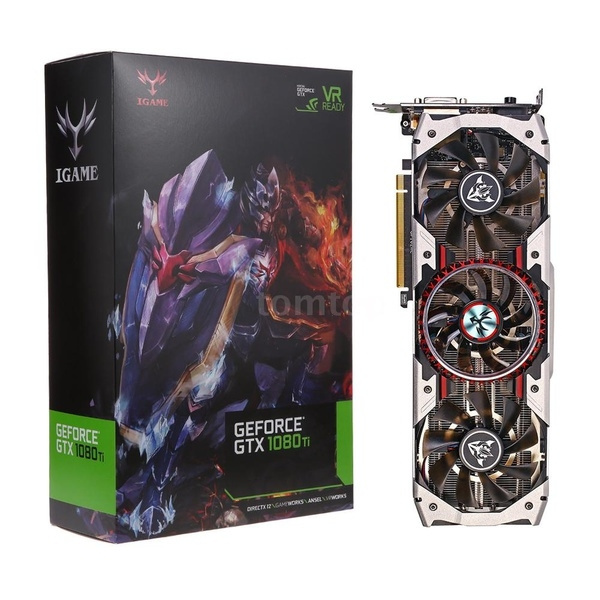
#Directx 12 sli driver
The greatly reduced driver overhead and better ability to spread out work submission over multiple CPU cores stands to be extremely useful for game developers, especially as the CPU submission bottleneck is among the greatest bottlenecks facing GPUs today. Of everything that has been written about DirectX 12 so far, the bulk of the focus has been on the immediate benefits of the low-level nature of the API, and this is for a good reason. Consequently the first retail games such as this quarter’s Fable Legends will just scratch the surface of what the API can do, as developers are still in the process of understanding the API and writing new engines around it, and GPU driver developers are similarly still hammering out their code and improving their DirectX 12 functionality.
#Directx 12 sli update
DirectX 12 has a number of immediately useful features in it that has developers grinning from ear to ear, but at the same time given the fact that another transition like this will not happen for many years (if at all), DirectX 12 and the update to the underlying display driver foundation were meant to be very forward looking and to pack in as many advanced features as would be reasonable. In putting together the DirectX 12 specification, Microsoft and their partners planned for the long haul, present and future. So to say there’s quite a bit of interest in it – both from consumers and developers – would be an understatement. As the most significant update to the DirectX API since DirectX 10 in 2007, the release of DirectX 12 marks the beginning of a major overhaul of how developers will program for modern GPUs.



Throughout this year we’ve looked at several previews and technical demos of DirectX 12 technologies, both before and after the launch of Windows 10 in July.


 0 kommentar(er)
0 kommentar(er)
